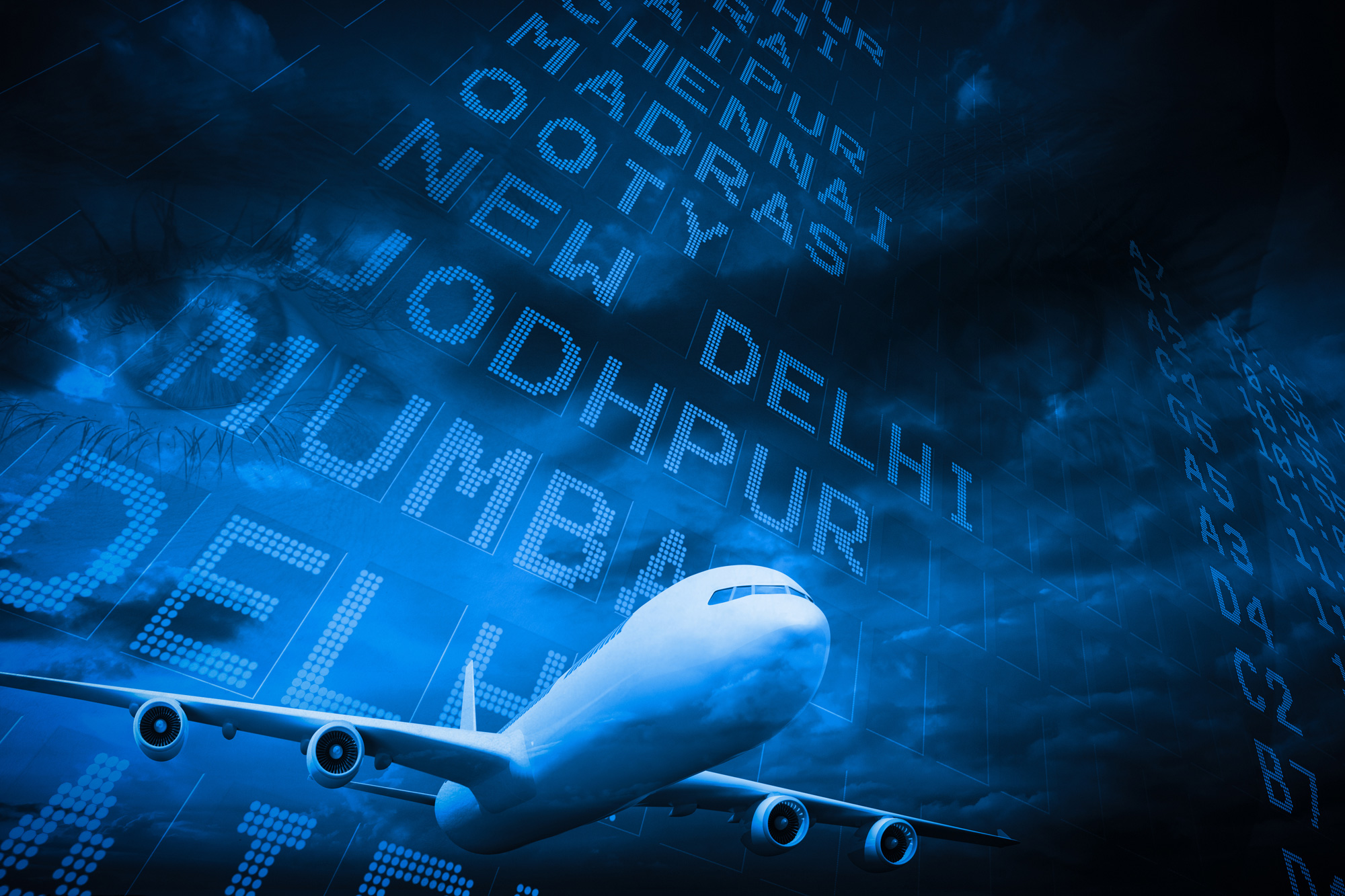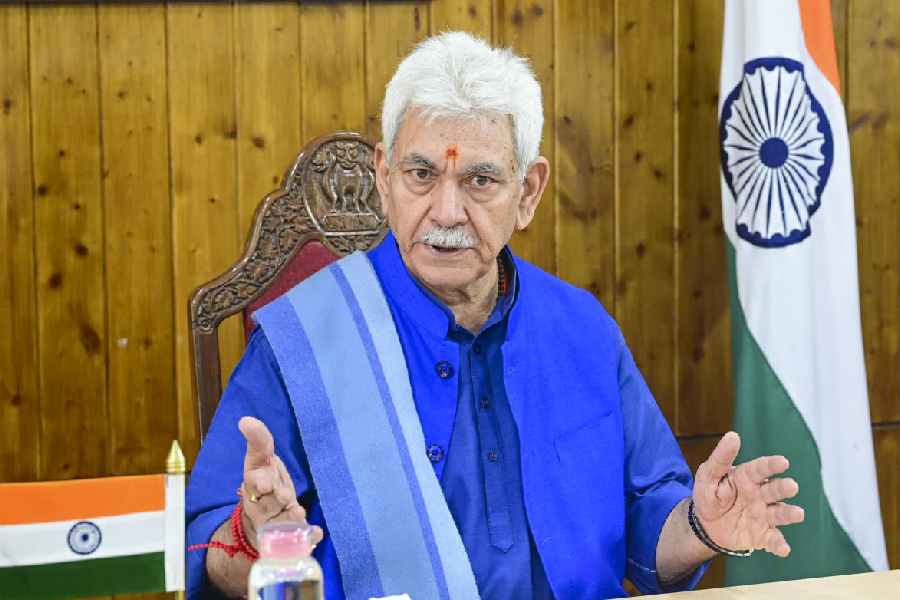The aviation industry is on the cusp of a massive boom and India will be among the nations that will benefit most from the upsurge in air travel. Last week, the International Air Transport Association that represents the interests of 290 airlines around the world, came out with its 20-year air passenger forecast. It said India would leap into third place behind China and the United States of America in the aviation market rankings. The report claimed that by 2037, India will add 414 million new passengers to its current base of air travellers taking the total to 572 million. The new pecking order will put China at the top of the totem pole with 1.6 billion passengers after adding one billion new passengers. The US — which is the top ranked aviation market today — is expected to handle 1.3 billion travellers. The IATA has forecast that worldwide airline passenger numbers will double to 8.2 billion by 2037. That should cheer aeroplane manufacturers like Boeing and Airbus which have struggled through a downturn in the commercial aviation business immediately after the global financial meltdown in 2008. The association anticipates that it will create 100 million jobs globally.
But this explosive growth will bring its own problems. Airbus, for instance, has an overall backlog of jetliner deliveries of 7,383 planes as of September 2018 which represents approximately nine years of production at current rates. Boeing has a backlog of 5,849 commercial planes. Obviously, plane makers will have to crank up production as they wrestle with the anticipated growth in orders for new planes, especially in Asia. The larger problem is that current aviation infrastructure is completely inadequate to deal with a situation where, technically, everyone in the world will hop on to at least one flight. The problem in India is even more acute. Most of the airlines have been wallowing in losses even though they have been reporting fairly high seat occupancy numbers. Jet Airways, which reported a loss of Rs 1,323 crore during the first quarter ended June 30, is in deep trouble after defaulting on payments to aircraft lessors. Air India has been on the block for some time with no takers while Spicejet tumbled into a Rs 38 crore loss in the first quarter. Their problem is compounded by mounting costs, especially aviation fuel and increasing competition that has put a lid on ticket prices. Private airport developers are also struggling to make profits and raise money to fund expansion. Unless the aviation industry players are able to pull themselves up by their bootstraps, they will miss a terrific opportunity for growth.









